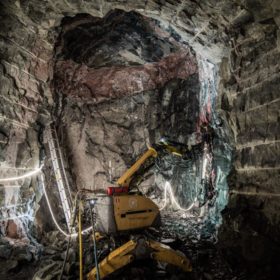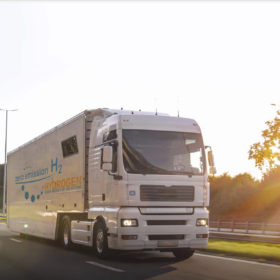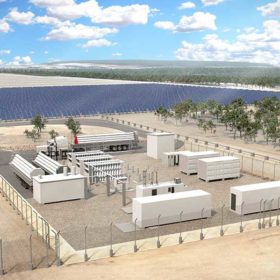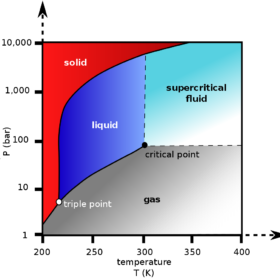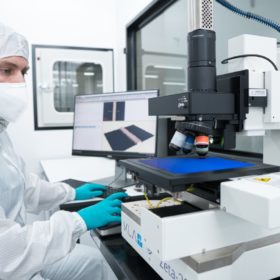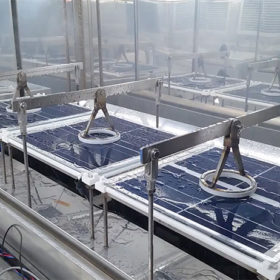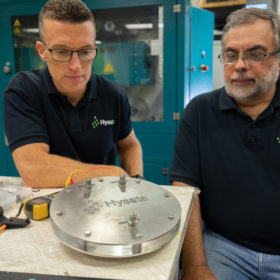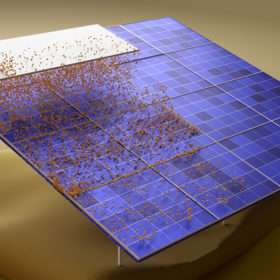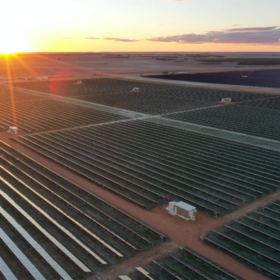Rock cavern for green hydrogen storage takes shape in Sweden
Vattenfall, SSAB and LKAB have reached the halfway point in the construction of a rock cavern storage facility in a coastal city in northern Sweden. The 100-cubic-metre facility is being constructed 30 metre below ground and will begin storing green hydrogen next year.
Australia’s first hydrogen-fuelled garbage trucks to hit Queensland streets this year
Pure Hydrogen has entered into a partnership with Australia’s largest privately-owned waste management company, JJ Waste & Recycling, to build what it claims will be the country’s first ever hydrogen fuelled garbage truck.
Work on Queensland’s ‘truly green’ government-owned hydrogen plant to start in six months
Construction of the Kogan Renewable Hydrogen Demonstration Plant in Queensland’s Western Downs region is expected to start by September, with government-owned CS Energy, the plant’s operator, having finalised the EPC contract with IHI Engineering Australia to construct the project.
Hydrogen-powered trains for the German network
Elsewhere, the Danish government announced a plan to deploy up to 6 GW of electrolyser capacity by 2030 and Germany and Norway agreed to conduct a feasibility study on large-scale hydrogen transport, including via pipeline.
Storing renewable electricity with supercritical CO2 heat pump
Researchers in Spain have designed a pumped thermal energy storage system that uses supercritical carbon dioxide as a heat pump and a heat engine. The proposed system is claimed to achieve an efficiency of 80.26% and an LCOS of €0.116/kWh (AU$0.18/KWh)
SunDrive sets 26.07% efficiency record for HJT cell in mass production setting
Australian solar technology startup SunDrive has announced “a breakthrough” in mass production compatible heterojunction technology after recording an efficiency result of 26.07% with a silver-free, commercial-size silicon solar PV cell.
Solar PV with a 50-year lifetime
The US Department of Energy’s durable materials consortium is a multi-laboratory unit that stress-tests solar modules for durability. It seeks to extend the useful life of PV.
Australian electrolyser invention enables green hydrogen under $2/kg by ‘mid 2020s’
“We’re not talking about incremental improvement, this is a really giant leap,” Hysata CEO Paul Barrett told pv magazine Australia. Hysata is commercialising a breakthrough made at the University of Wollongong which effectively, Barrett says, invented a “brand new category of electrolyser” vastly improving efficiency. “This is a 20% gain. This is really a seminal moment for the hydrogen industry.”
WA company to partner with Mercedes-Benz, building carmaker’s first foray into battery recycling
German luxury carmaker Mercedes-Benz has made public its plans partner with Primobius, a 50:50 joint venture between West Australian company Neometals and Germany’s SMS Group. Mercedes has said its intention is to build a 2,500 tonne per year lithium-ion battery recycling plant in southern Germany with Primobius as its technology partner.
MIT scientists develop waterless PV cleaning system
Scientists from the Massachusetts Institute of Technology have developed a system that can be operated at a voltage of around 12V, with a 95% recovery rate for lost power after cleaning. The waterless system can be operated automatically via an electric motor.
